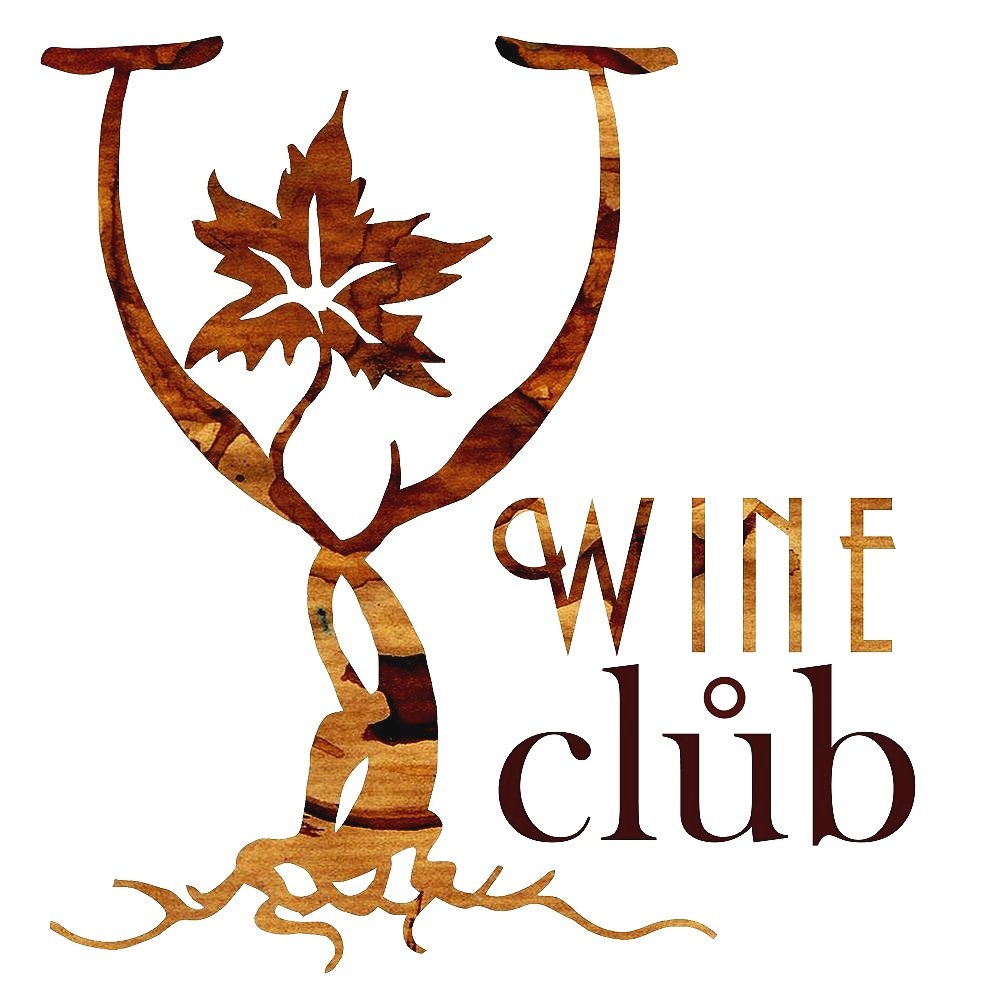Part 1: Buying a vineyard
I was ‘googling’ the definition of midlife crisis when I bought a vineyard in Slovenia. That’s what I tell people now as we approach our sixth harvest. The truth is, I hit 50 and was looking for a shrewd little property investment abroad to make up for my lack of pension planning - and I got swept up by the romantic notion of owning vineyard.
It didn’t seem to matter that I didn’t know the first thing about making wine or a single word of Slovene. I’d been to Lake Bled once and I knew from Sunday school that water was a key ingredient. What could possibly go wrong?
Two people told me not to buy a vineyard. My wife, Karen, of course said ‘No’… but only as we were about to sign the contracts on a winehouse and vineyard in north-east Slovenia. But by then, I felt, it was too late to back out. We had already paid the 10% deposit and I knew that if we didn’t buy this place, having come so close, that we would never fulfil our dream of owning a property abroad. So I told her about finding it while googling ‘midlife crisis’ and that one of the other ‘results’ – and much cheaper – was a Ukrainian bride. The bruises took a while to go down but she signed the papers and we became the new custodians of a tiny slope on the beautiful Jeruzalem wine hills.
The other person who told me not to buy a vineyard was the agent selling the property! He argued it would be better to buy a house overlooking someone else’s vineyard. “It’s the same view but you don’t have to break your back,” he said. He also pointed out it was cheaper to buy wine from the supermarket than make it yourself and the supermarket stuff would probably be better. Yeah, right, what did he know?
We discovered the property after an extensive search – four properties in two days. Inexplicably it had been on the market for more than a year and the owner was open to offers. Unlike some of the properties in our price range, it had a roof, an inside toilet, well-established vines, and stunning views of rolling hills that eventually peter out in the Hungarian plains. The property also came with a small orchard and part of a wood. All for €50,000. A sound investment, I thought, as French vineyards seemed to start at €800,000 and if you wanted something special, like an 18th-century house and 9ha of vines in Bordeaux, you’d have to pay nearly €2million. The price at that time in England was about €19,000 per hectare – with nowhere to live, no winery, no vines, and no winemaking equipment.
Our one-bedroomed winehouse came with 700 vines, a brick-arched cellar and a press room. In the press room there was a basket press, a stack of plastic tubs, a pruning saw and two secateurs. In the cellar there were six wooden barrels, ranging in capacity from 700L to 300L. What more could we need? I congratulated myself on my negotiating skills, as the ‘winery equipment’ wasn’t originally part of the deal. Getting the wooden barrels, I reasoned, was a particularly shrewd move. They are pricey items and mine were 30 to 40 years old, so they should add plenty of character to the wine!
But the main reason for buying the property was the chance it gave us to do something completely different now that our children had left home. It was a chance for us to learn new skills and – how incredible is this? – to make our own wine! Not from a kit, but from our own grapes and in our own cellar. Did it really matter that I didn’t know anything about growing grapes or making wine? Grapes grow naturally, right? They’ve been doing so in this part of the world since before the Romans came. You then crush them. Obviously not with your feet as I have this modern wooden thing with slats. The resulting juice turns into wine, and you put the wine in a bottle. At that stage I thought my toughest decision would be whether to use cork or a screw cap.
Starting my first harvest without a destemmer, crusher or pump quickly gave me a reality check. I also learned the hard way that staves need a good soaking before the must goes into the barrels and that yeast likes warm – not boiling – water. But all of my early errors have helped me to appreciate the art and craft of the winemaker. And the shocked expression on people’s faces when we mention our ‘investment’ always makes me smile.
The conversation usually goes like this:
“Been away?”
“Yeah, Slovenia.”
“Slovenia? Why there?”
“I have a vineyard there.”
“Really?”
“Yes. It’s beautiful.”
After slowly digesting the information, they ask: “Red or white?”
“Mostly white but I have a few Pinot Noir vines at the bottom that the deer really appreciate.”
“Can I have a few bottles?”
I say ‘Yes’ but have yet to inflict my wine on the world. I believe the wine is not just an expression of the sacred hills around Jeruzalem, it’s an expression of me. And, so far, my wine is not how I see myself. I’ll accept ‘complex’, ‘smooth’, ‘full-bodied’ and ‘fragrant’ – even ‘fruity’ – but not balsamic, wishy-washy or reminiscent of rotten eggs.
So the aim, on the eve of my sixth harvest, is to make this one count – to use the knowledge I’ve gained so far to turn our beautiful, juicy, sweet green grapes into a yellowy-green nectar that someone will pay good money to enjoy. And to prove to the missus this really was a good idea.
Using a basket press to squeeze juice from the grapes




